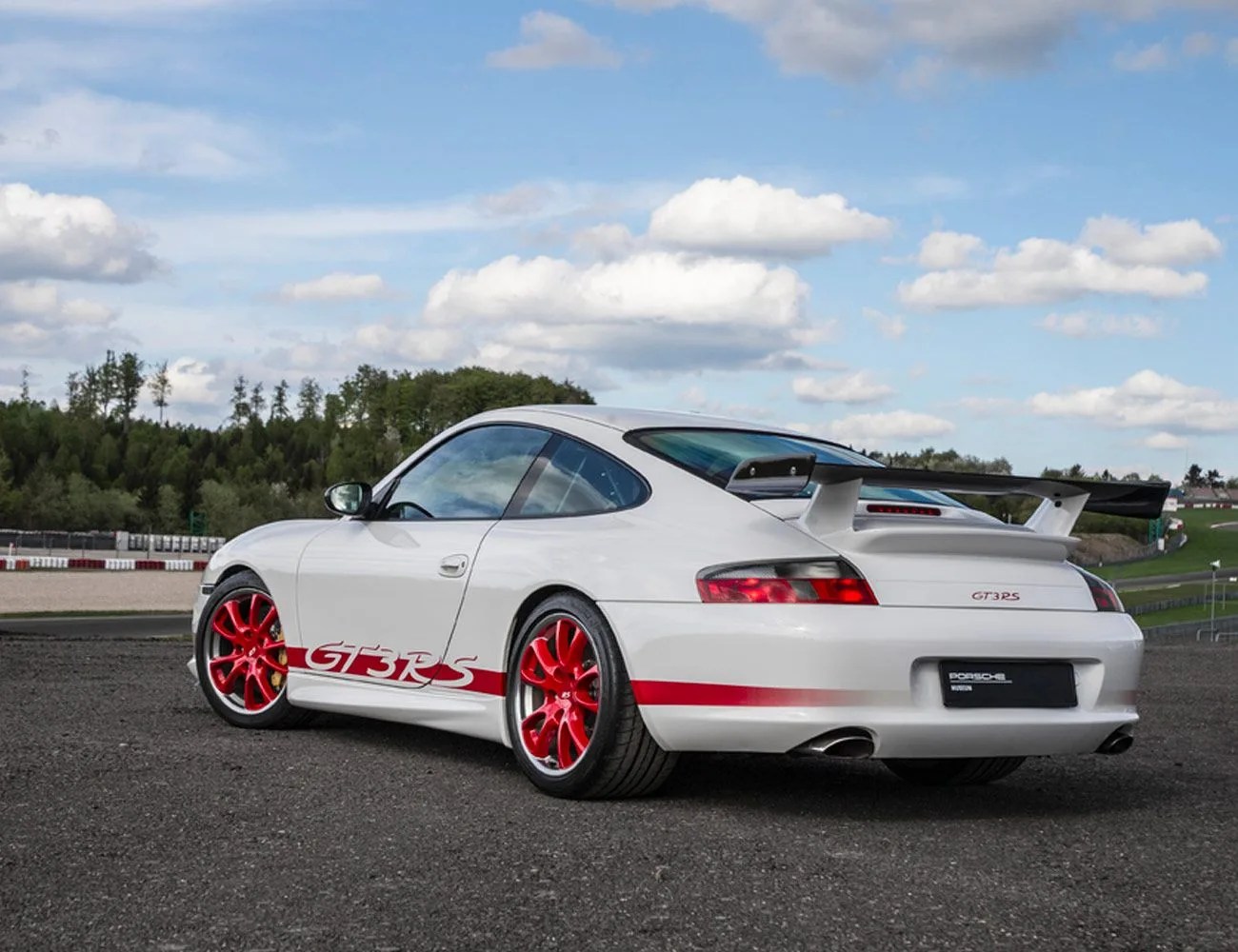Almost everybody who loves cars loves the 911. Unless, of course, we’re talking about the 996 generation, made from 1997–2004 and perhaps one of the most vilified performance machines in all of car-dom. The 996 was the car that killed the air-cooled flat six, usurping the far more desirable 993 that preceded it. The 996 replaced the 911’s iconic round headlights with a shape vaguely reminiscent of a runny fried egg. The 996 came from the factory with a fatal flaw that could result in catastrophic engine failure.
I’m probably not making a great case for the 996 right off the bat, and on the surface, the odds are stacked against it. The thing is, though, that despite its faults, the 996 wasn’t as bad as many make it out to be. Today it represents pretty good value on the used car market, especially while air-cooled cars continue to trend upwards in price. As long as the significant issues with the car have been resolved, you have a relatively reliable, relatively practical and relatively affordable version of one of the most iconic cars ever made. Haters be damned.

Performance
This wasn’t just the first water-cooled 911, it was the first 911 since the model’s inception to roll on a completely brand new chassis and suspension. That means a larger — but sleeker — body and of course those new headlights. You know what it also means? Better handling. While earlier 911s tended to dangerously oversteer under heavy cornering, this was something engineered out of the 996.
In fact, in a 1998 review, The New York Times compared the 996’s handling more favorably to the earlier 993. Their analysis? “The [993] was substantially noisier at all engine speeds, and its handling characteristics, as good as they are, proved far inferior to the new car’s… By every measurement, on or off the track, the new 911 is superior to the old one.”
And that doesn’t even get us to power. Yes, Porsche switched to a water-cooled engine design to meet increasingly stringent emissions standards, but it also allowed them to add four valves per cylinder and to generally squeeze out more power. The base 993 Carrera, for example, was making 268 horsepower out of a 3.6-liter flat-six, while the comparable 996 made nearly 300 horsepower from just 3.4 liters; the later car, thus, was 0.7 seconds quicker to 62 miles per hour form a standstill.



